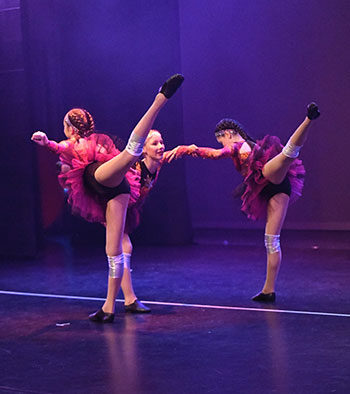


🥁 The beat is the unchanging pulse that music is built upon. The first step along this quest was to make sure that I actually knew what I was talking about in regard to beat and rhythm. Here’s what I’ve learned and what’s come out of that learning so far. To create something like this, I was going to have to deepen my content knowledge (which is always a good thing). Help students learn the difference between different note values (whole note, half note, quarter note, eighth note, sixteenth notes).Help students make sense of dance musicality (more on that later).Help students understand – through a visual tool – the difference between beat and rhythm.After sharing these on #PhysEdU, I couldn’t stop thinking about how Beat Sheets could be made better. Needless to say, these were a first attempt. Here’s what my original Beat Sheets looked like: I had first learned about Beat Sheets on Twitter (although I cannot remember the exact source, I’m pretty sure it was through Captain Pete’s account). 🕺 Perform actions/movements to the beat and rhythm of a song. 👀 Visualize how actions within a choreography are synchronized to the beat.

The idea is that these sheets can help studentsĨ️⃣ Break music down into 8-counts (i.e. One resource I used to help students make sense of these two concepts was Beat Sheets.Ī Beat Sheet is a sheet on which different movements/actions are presented in a 4×4 grid.
MUSICALITY DANCE FINESSE HOW TO
Helping students learn how to recognize and move to different beats and rhythms was definitely outside of my wheelhouse when I was teaching this unit… especially considering that I had a hard time differentiating/defining the two myself! ⛳️ I can move my body to the rhythm of the music.īased on these learning goals, I created the following Learning Roadmap: 🏁 Identifies physical activities that provide self-expression (S5.E3.2)īased on those outcomes, I designed the following student-friendly learning goals (a.k.a.

🏁 Performs a teacher and/or student-designed rhythmic activity with correct response to simple rhythms (S1.E5.2) The unit was built on the following grade-level outcomes: This whole post started based on a conversation I had with a fellow #PhysEdU community member on how to teach dance in elementary PE.Īfter digging through my curriculum documents, I found resources that I had created for my grade two dance unit. Let’s dive in! Learning About Dance in Physical Education 🎯 I can use the Rhythm Challenge Cards to build a foundation for dance musicality. 🎯 I understand the importance of support musicality when teaching dance. 🎯 I know the difference between beats and rhythms. This post was built around the following learning targets: These are tools that I’ve developed throughout my teaching career as well as some that I’m currently exploring with fellow #PhysEdU community members. In the rest of this post, I’d like to share some ideas and resources that can help you break down dance education, focus on its individual parts, and grow your confidence from there. We teach them to love dancing, as early and often as possible. So, how can we – as physical educators – prevent this fear of dancing from taking root in our students hearts? 👨👧👦 Dancing with your kids in your kitchen while cooking supper. 💒 Dancing at your wedding with your parents, family, and spouse. Even worse, it’s a fear-based strategy that has the potential to rob us of some of the happiest moments in our lives: However, refusing to embrace our desire to dance – a desire that is baked into our social DNA as humans – is a strategy based in fear. Because of this, dance gets labelled, stereotyped, and looked down upon. Our needs for self-preservation and social acceptance often get in the way of our desire to move and express ourselves as freely as possible. That said, I get it: dancing in front of others can be scary. As a key component of many cultures, dance has been used throughout our history to share stories, celebrate as communities, and express ourselves as individuals. Regardless of your personal comfort level with the activity, I believe dance should be a part of every student’s physical education experience.ĭespite it not being a part of every family’s traditions, dance is a part of our collective human experience. Februin Resources, Teaching Comments 1068ĭance is a polarizing subject in the world of physical education: some teachers love to teach it, other teachers can’t even imagine themselves teaching it.


 0 kommentar(er)
0 kommentar(er)
